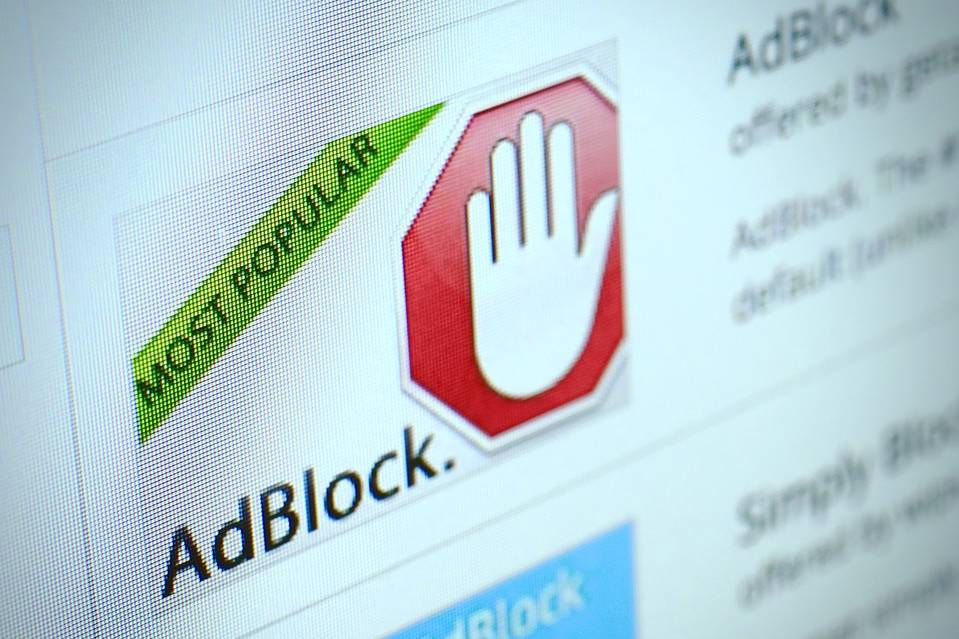Important Ad Blocking Information for Marketers
Ad blocking is a trend that is on the rise, and these tidbits of ad blocking information will make the life of a marketer quite a bit easier.
Over the last year (in particular) the conversation around ad blocking has increased significantly. That is largely due to the fact that ad blocking has moved away from a fringe practice, adopted by only those particularly tech savvy individuals to the mainstream, where it is easily accessible and readily adopted.
So what do marketers need to know about ad blocking in order to ensure that marketing efforts and, equally importantly, ad dollars are not wasted?
Ad Blocking Popularity is Surging
Just last year, in 2015, the number of people using an ad blocking software grew by 42% globally. It is now estimated that roughly 4-6% of web users are using an ad blocker. Google trends and the number of available ad blockers are just a few indicators that this is a very hot market.

Revenues are Being Lost
In 2015, it is estimated that nearly $22 billion in ad spend was lost due to ad blockers, and that number is expected to nearly double for 2016. Data on the publisher side is scarce, so many publishers do not even know when they are losing revenue or how much is being lost.
Mobile has Surpassed Desktop
Over the last few years, desktop websites were really where the majority of ad blocking had taken place. Now, mobile is on the rise, and ads can be blocked both on the mobile web and within apps, which has led to mobile overtaking desktop in terms of where the majority of ads are blocked.
From January 2015 to January 2016, there was a 90% growth rate in mobile ad blocking users, and there are now over 400 million mobile users globally blocking ads on their smartphones, the majority of whom are in China, India and Pakistan.
Social Advertising is Not Immune
Advertisers had initially hoped that networks like Facebook and Instagram would provide gateways through which ads could still be displayed, but that is not necessarily the case. While Facebook and other networks are doing what they can to ensure ads are being shown, ad blocking technologies continue to find ways around these changes.
Social advertising, however, is a better alternative as the ad blocking technologies are somewhat flawed when it comes to these media types.
What does this mean for marketers?
There are two ways that marketers can (and should) look at this. First, there is the reality that content matters most in any strategy. People want to see content that matters, and generally prefer not to be targeted by distracting, irrelevant media. That said, it is becoming harder and harder to get content featured, so advertising is almost unavoidable if you want your brand to succeed online. But understanding your audience and effective targeting with your ads is a key starting point in order to ensure that your brand grows organically following your campaigns.
Second, it is important to understand that without ad dollars, all of these platforms that everyone loves so much will cease to exist. We might be in a disruptive period right now, but that is not to say that advertising is dead. It is simply an evolutionary point. People see over ten times as many ads/ten times as much sponsored or branded content today as they did in the 1980s. A breaking point was almost inevitable. For the time being, those with ad blockers simply wouldn’t be interested in your ad to begin with, so again, targeting is essential.
It is only a matter of time before a comfortable middle is found, and your strategy will have to keep an eye on ad blocking trends and adapt accordingly in order to ensure that your dollars don’t fall into that lost ad revenue stream.



